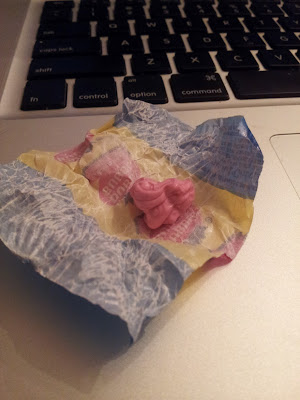October 22nd 2012
Hello guys basically what we did today- those of you who were absent today- is we took stoich quiz #5 and learned last step of STOICH. Since we were working with Stoichiometry 2 weeks from now, we know how to convert gram to mole, mole to gram, gram to gram, and finally PERCENT OF YIELDS!!!!! :)

As you see above, percent of yield is really really really simple and easy.
- Percent of Yield is a comparison of the amount actually obtained to the amount it was possible to make.
- Actual yield is the amount of product actually obtained from a chemical reaction.(Must be experimentally determined, cannot be calculated) Usually the problem or lab date gives the actual yields.
- Theoretical yield is the maximum amount of product that can be get in a chemical reaction. You must calculate with stoich step to get theoretical yields.
Hmm. Lets solve one problem together.
Boom. You have given formula and question.
This question is asking us to solve theoretical formula and find percent of yield.
First, you need back up your memory to determine which one is limiting reactant.
Lets find the limiting reactant :
- Assume
C2H5OH is the limiting reactant and calculate how much C2H5Cl would be formed.
- Also assume that PCl3 is the limiting reactant too.
Oh, sorry for huge equations.
- The reactant producing the smaller amount of C2H5Cl is the limiting reactant which is PCL3
- Corresponding quantity of C2H5Cl is the theoretical yield
Limiting reactant= PCl3
Theoretical yield= 48.9g
Now calculating percent of yield is piece of cake, which is : (Sorry, huge pic!)
We found Percent of Yield!!!
Homework:
C2H5OH is the limiting reactant and calculate how much C2H5Cl would be formed.
Homework:
Finish percent of yield worksheet
Ready for Wednesday's EXAM
Our Next scribe is (Plz make a drum sound) Eddy Rohhhhhhhh! Good luck ;)
Have an awesome midnight homework time guys.. I have to do my rest of the homework ehh. ;(








